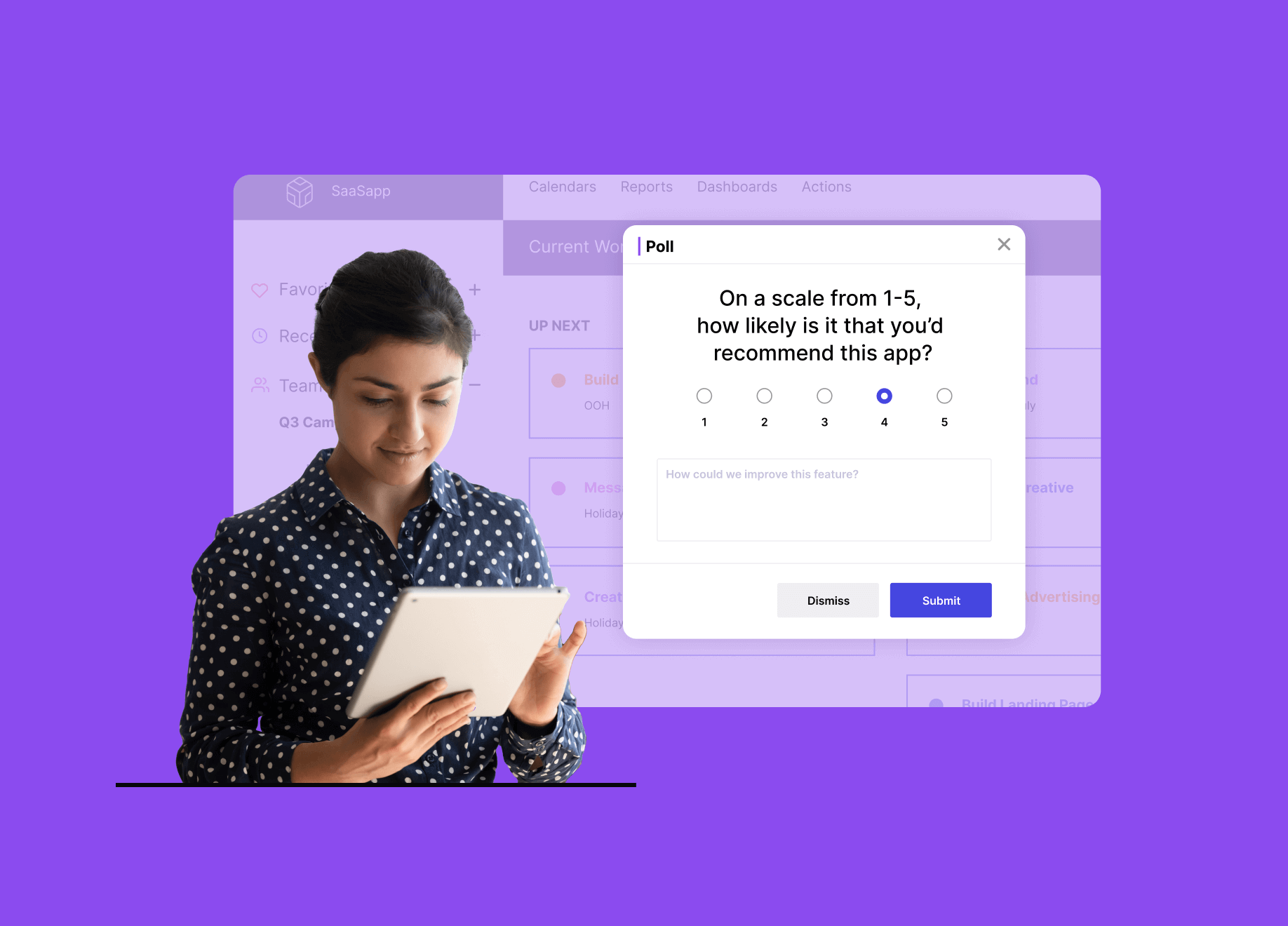Table of Contents
What is customer experience (CX)?
Customer experience (CX) is exactly that—how customers experience a product, what kind of impression it leaves on them, and as a result, the lasting feeling they have about the brand. Customer experience happens along a customer journey, often beginning before purchase and continuing after they’ve moved on.
Why is CX important?
Picture the feeling of delight when the software someone’s using for work helps them get something tedious off their desk quickly. That’s customer experience. But so is when someone gets bumped from a flight, and then their app tells them the flight is boarding. Whether it’s positive or negative, the effects of customer experience linger. Good customer experience gains a company ambassadors, which is more powerful than any marketing campaign. Subpar customer experience leads to frustrated customers at best, and might even cause those customers to stop using the product altogether.
Creating a customer experience that delights, engages, and keeps customers coming back is critical to growth. The opposite is also true: A study from PWC found that 59% of consumers will stop interacting with a brand they love after just one bad experience. The stakes are simply too high to risk giving customers an experience that’s anything short of excellent, at every touchpoint.
How do I measure customer experience?
One of the most common and effective ways to measure customer satisfaction is Net Promoter Score (NPS). This measures how likely a customer is to recommend a product to others, and by doing so determines who are the detractors and who are the promoters. A healthy NPS score is a solid indication that the customer experience has done the job of winning a company promoters, and in turn, new customers.
There are other measurements that give companies a read on how customers experience their products, including CSAT (Customer Satisfaction) and CES (Customer Effort Score), but in software products, one of the strongest indicators of a customer’s positive experience is churn rate. If a customer has a negative experience, they are unlikely to renew their subscription, which results in churn.
How can I improve my customer experience?
As mentioned above, CX starts well before someone becomes a customer. It may begin with word of mouth, an online review, marketing materials, or a free trial. However, the first post-purchase step in the customer experience is often onboarding. Because onboarding is such a milestone step in the journey, it’s essential that companies make it intuitive, make it brief, and make sure it teaches the user the most important tenets of the product—all to expedite time to value.
Continuous measurement, ideally by using NPS, conveys how a product is performing over time. It can also be an opportunity to capture qualitative feedback, or “verbatims.” This open-text feedback can provide helpful context for quantifiable data.
Once you have tangible insight into how customers experience your product, it’s important to continue iterating and improving that experience over time. WebPT, an electronic medical record platform for physical therapy practices, saw that users were having trouble completing online insurance forms. They used tooltips to explain how to fill out the fields that were causing the most confusion, which helped reduce support tickets related to this area of the platform by half.



